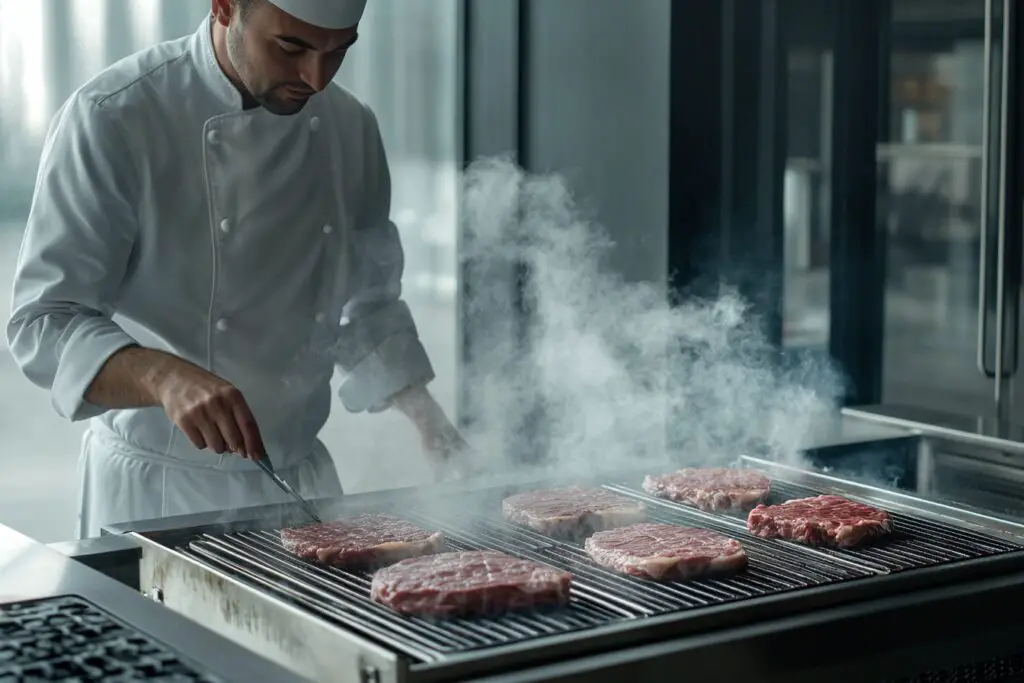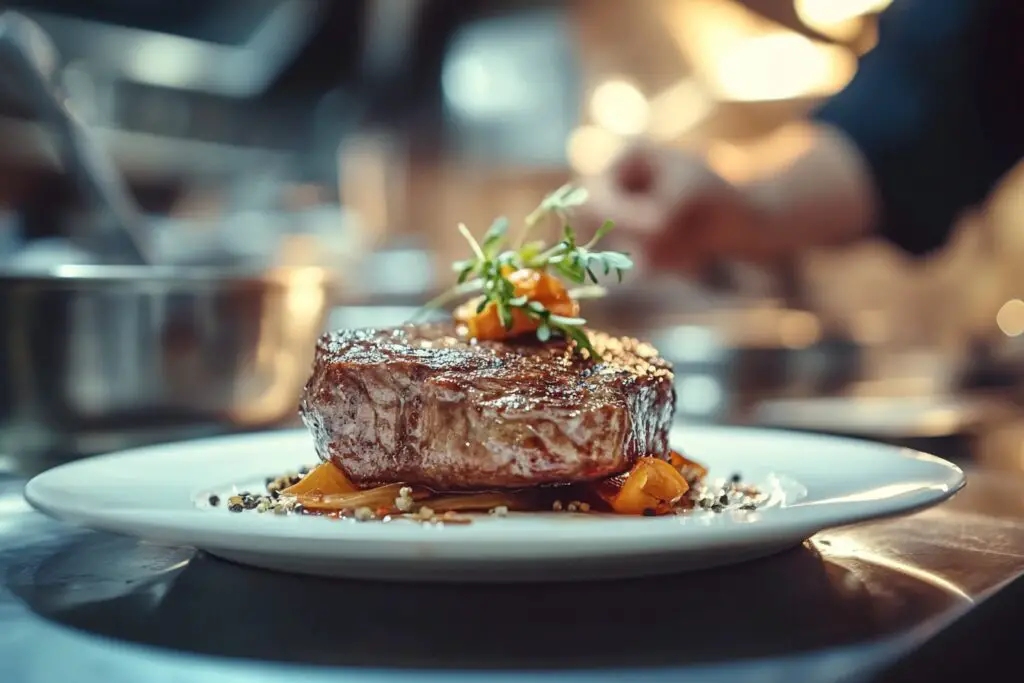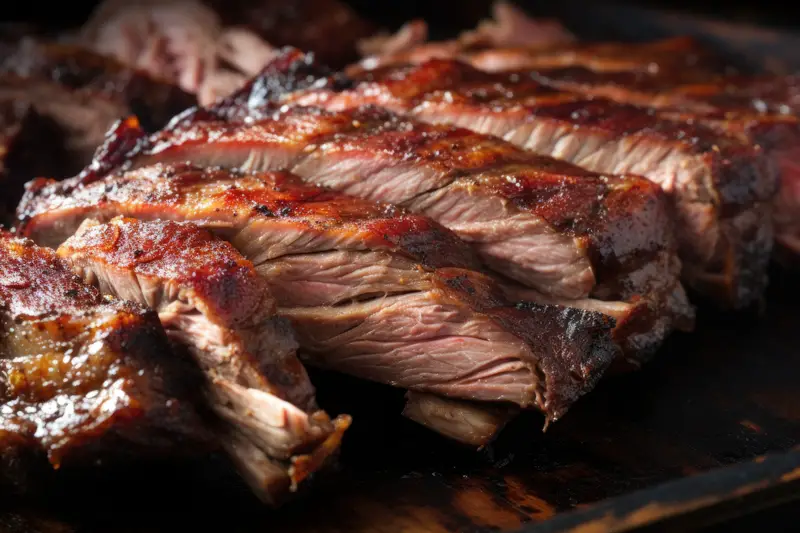Ask any professional chef about cooking a well-done steak, and you’ll likely see a slight grimace cross their face. The request for a well-done steak often creates a moment of internal conflict for kitchen professionals, who must balance their expertise and training against customer preferences. But what drives this visceral reaction from skilled chefs?
The science behind overcooked meat

When a steak is cooked beyond medium-rare, significant chemical changes occur within the meat. The muscle fibers contract and become increasingly tense, while the fat that marbles premium cuts like ribeye or wagyu begins to render out completely. This transformation fundamentally alters both the texture and moisture content of the meat.
The result? A piece of meat that’s notably tougher and requires more effort to chew. The proteins have contracted so tightly that they’ve squeezed out most of the natural juices, leading to a drier eating experience. What if you could compare two identical steaks side by side – one cooked medium-rare and one well-done? The differences in tenderness and moisture would be immediately apparent.
Professional pride and kitchen expertise
For many chefs, cooking meat is an art form that requires years of practice to master. They’ve spent countless hours learning about different cuts, understanding heat control, and perfecting their timing. When asked to cook a steak well-done, they must set aside their training and expertise.
The frustration isn’t just about personal preference – it’s about respect for the ingredients. Premium steaks often come from carefully raised cattle, and the quality of the meat reflects years of dedicated animal husbandry. Cooking these prime cuts until they’re well-done can feel like negating all that careful work.
The customer satisfaction paradox

Here’s where things get complicated for chefs. Even when they cook a well-done steak exactly as requested, they often face criticism from customers who find their steak too dry or tough. These are inherent characteristics of well-done meat, but the chef may still receive blame for the result.
This creates a no-win situation: deliver the steak as requested and risk complaints about the quality, or attempt to serve it at a lower temperature and face immediate pushback from the customer. Many chefs have learned to accept this reality, but it remains a source of professional frustration.
Balancing art and service

Progressive chefs have begun to adopt a more balanced approach to this dilemma. Instead of viewing well-done requests as an affront to their craft, they’re focusing on delivering the best possible experience within the customer’s preferences. Some restaurants have even developed specific techniques to maintain as much moisture as possible when cooking steaks to higher temperatures.
This shift in perspective represents a broader evolution in professional cooking, where customer satisfaction takes precedence over traditional culinary rules. Modern chefs understand that their ultimate goal is to please their guests, even when it means preparing dishes in ways that challenge their professional instincts.
The debate over well-done steaks continues in professional kitchens worldwide. While chefs may privately maintain their preferences for less-cooked meat, many have found ways to reconcile their professional standards with customer requests. After all, the mark of a truly great chef isn’t just technical skill – it’s the ability to create memorable dining experiences for every guest, regardless of their preferences.

